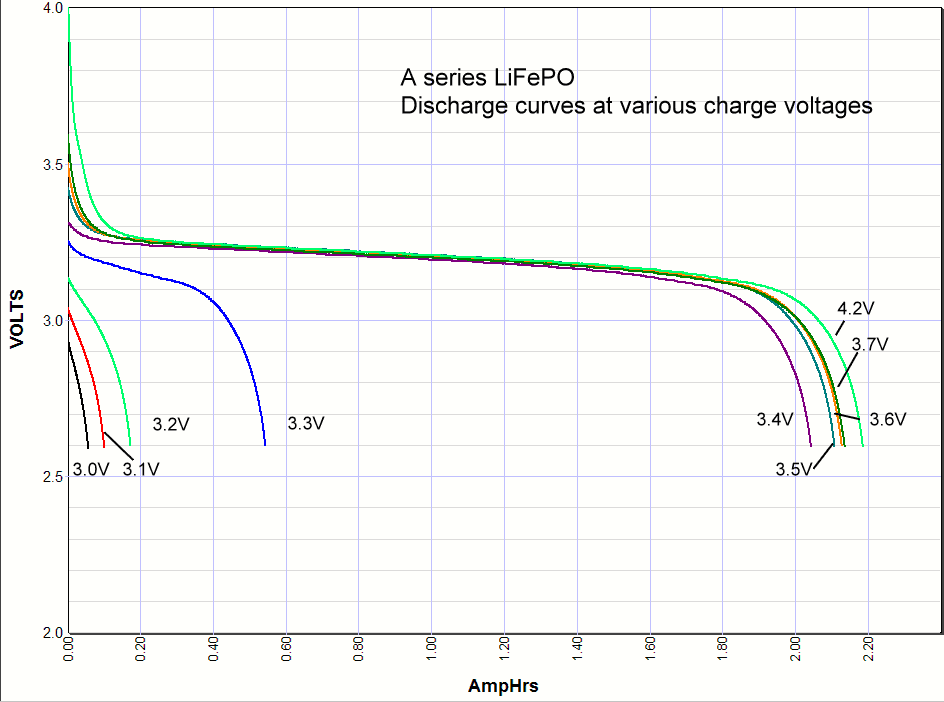luthj
Engineer In Residence
I doubt that overloading a 370 amp alternator is going to be a problem, particularly as the max current for this battery is 160A.
Anyway, the smartest option would be to hook this up to the alternator using the existing wire and see what happens. If the issue is drawing too much current and having the BMS shutdown, adding a section of smaller gauge wire or an extra fuse may fix that for only a few $. Most likely a DC-DC charge will not be needed, but on the off chance it is, it can be added later. It would seem silly to spend (a lot) of money in a charger when there is a good chance it is not needed and it may actually slow the charging of the battery.
Took the words right out of my mouth.
...
Do you have a non lithium starting battery? What kind of configuration do you have you current battery bank in terms of supporting electronics? Also care to elaborate on the lithium pack?
My starter battery is a standard AGM unit (8 years old?). My current bank uses an outback mate/monitor/inverter/solar charger. I plan to configure it with a single main contactor, and a DIY BMS. This will be combined with ~300AH of lithium prismatic cells. I will use a simple charging relay (200A unit). This relay will be switched manually, and also by SOC/voltage (via the aux relay on my battery meter). With my alternator being between 13.7-14.1V, its perfect for rapid charging of lithium. I may need to use a slightly smaller fuse (or a smaller wire section) to throttle charge rates. I have run my alternator at 100% output near idle for 100hours or so. No issues to date, it just cuts back the voltage a bit to stay under its current limit. If my 500AH Agm bank at 30% SOC can't damage it, I doubt a lithium pack will.



